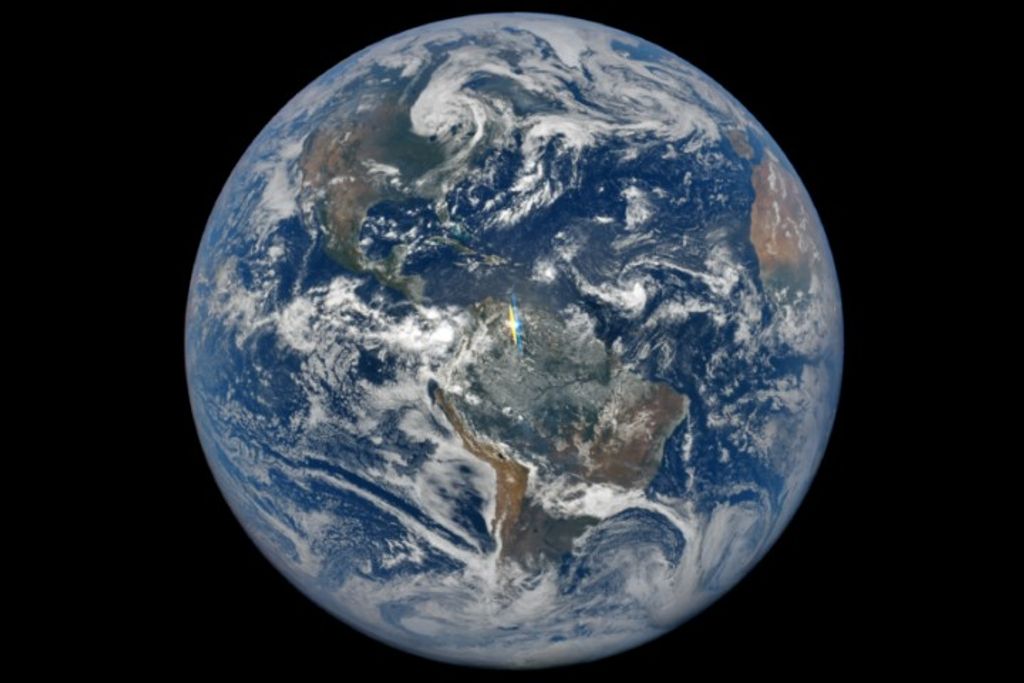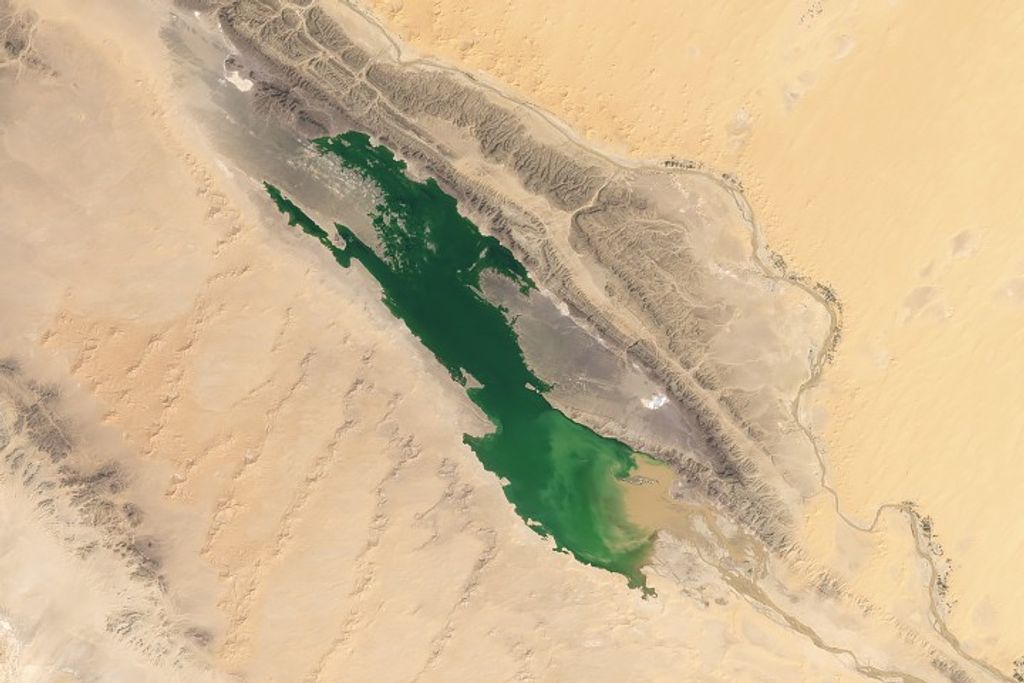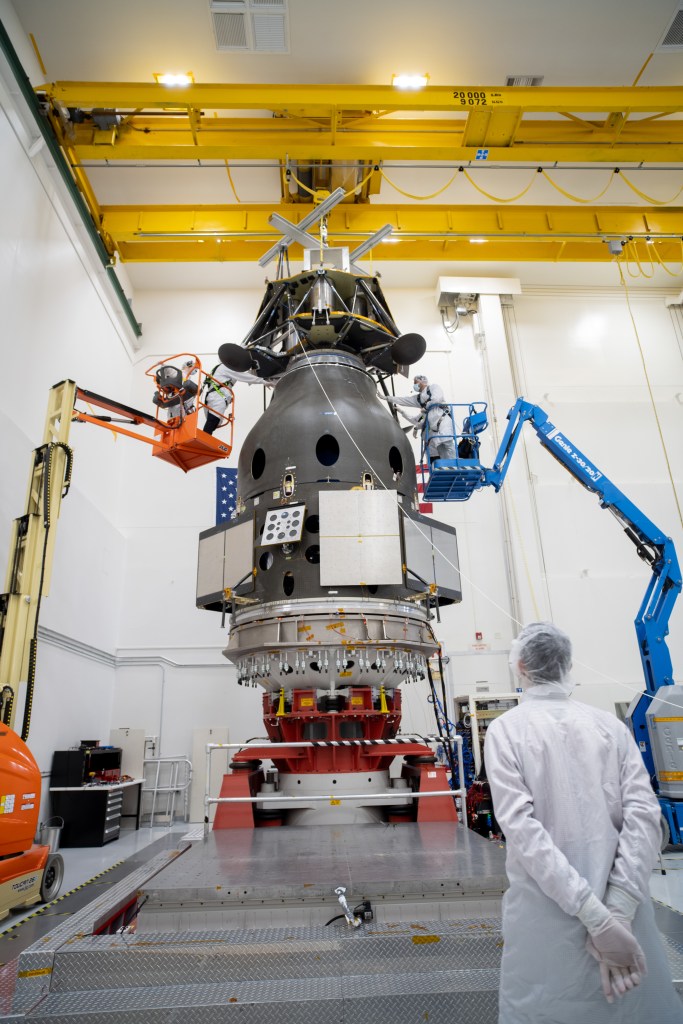Earth Science Projects Division
Missions
Formulation
AOS-Storm
The Atmosphere Observing System (AOS) will help to reveal the dynamic nature of the sky, resulting in better predictions of extreme weather and air quality and better long-term prediction of our changing climate. Planned Launch for 2028
Landsat NeXt
The Landsat NeXt mission recently received approval to enter Pre-Formulation. The mission will continue the longest continuous space-based record of the Earth’s surface. Planned Launch for 2030
PolSIR
The Polarized Submillimeter Ice-cloud Radiometer (PolSIR) instrument will help humanity better understand Earth’s dynamic atmosphere and its impact on climate by studying ice clouds that form at high altitudes throughout tropical and sub-tropical regions. Launch NLT April 2027
Implementation
TSIS-2
The Total and Solar spectral Irradiance Sensor-2 (TSIS-2) mission will provide total and spectral solar irradiance measurements important for accurate scientific models of climate change and solar variability. Planned Launch 2027
CLARREO-PF
(ISS Instrument)The Climate Absolute Radiance and Refractivity Observatory (CLARREO) Pathfinder is a reflected solar spectrometer and associated pointing system that will measure the absolute spectrally resolved reflectance of solar radiation from Earth to space to a much higher accuracy than past satellite sensors. Planned Launch TBD.
OMPS-Limb
(JPSS Instrument) The Ozone Mapping and Profiler Suite (OMPS)-Limb profiler joins two other spectrometers in the Suite to track the health of the ozone layer and measure the concentration of ozone in the Earth’s atmosphere.JPSS-2 : Delivered 2019 | JPSS-3 : Planned launch for 2026.
Primary Operations
PACE
The Plankton, Aerosol, Cloud, ocean Ecosystem (PACE) mission , launched in 2024, will advance the assessment of ocean health by measuring the distribution of phytoplankton, tiny plants and algae that sustain the marine food web. It will also continue systematic records of key atmospheric variables associated with air quality and Earth’s climate. Primary Operations until ( TBA )
Landsat 9
Landsat 9, a partnership between NASA and the U.S. Geological Survey (USGS), will continue the Landsat program’s critical role in providing the longest continuous space-based record of the Earth’s surface. Primary Operations until ( TBA )
SAGE III
(ISS Instrument) The SAGE III The Stratospheric Aerosol and Gas Experiment (SAGE)-III mission is an important part of NASA’s Earth Observation System and is designed to fulfill the primary scientific objective of obtaining high quality, global measurements of key components of atmospheric composition and their long-term variability. Primary Operations until 2020
TSIS-1
(ISS Instrument) The TSIS mission provides absolute measurements of the total solar irradiance (TSI) and spectral solar irradiance (SSI), important for accurate scientific models of climate change and solar variability. Primary Operations until 2023
POES (NOAA)
POES is a NOAA reimbursable project, providing critical operational climate data that is used in developing current and extended weather forecasts.
MetOp (EUMETSAT)
The MetOp satellites provides critical data for weather forecasting. MetOp-C Primary Operations until 2023.
ICESat-2
The Ice, Cloud, and Land Elevation Satellite-2 (ICESat-2) , utilizes lasers and a very precise detection instrument to measure the elevation of Earth’s surface. Primary Operations until 2023
SNPP (NOAA)
The Suomi National Polar-orbiting Partnership (Suomi NPP) provides atmospheric and sea surface temperatures, humidity sounding, land and ocean biological productivity, and cloud and aerosol properties Primary Operations until 2022
Landsat 8 (USGS)
The Landsat program provides the longest continuous space-based record of Earth’s land in existence. Primary Operations until 2022
Extended Operations
NISTAR, EPIC (DSCOVR/NOAA)
The National Institute of Standards and Technology Advanced Radiometer (NISTAR) measures the absolute irradiance over a broad spectrum of the entire sunlit face of Earth to study the Earth’s radiation budget. The Earth Polychromatic Imaging Camera (EPIC) provides global spectral images of the entire sunlit face of Earth and insight into Earth’s energy balance. Extended Operations through 9/2020
LIS
(ISS Instrument) The Lightning Imaging Sensor (LIS), is a space-based instrument used to detect the distribution and variability of total lightning (cloud-to-cloud, intra-cloud, and cloud-to-ground lightning). Extended Operations through 9/2020
Landsat 7 (USGS)
The Landsat program provides the longest continuous space-based record of Earth’s land in existence. Current operations through approximately 2022
GPM
The Global Precipitation Measurement (GPM) mission is a joint NASA/JAXA mission producing next-generation global observations of rain and snow Current operations through 2022
Terra
Terra is apart of the A-train, NASA’s original Earth Observing System. It continuously maps Earth’s land surface. Current operations through 2021
Aqua (USGS)
Aqua is apart of the A-train, NASA’s original Earth Observing System. It collects data regarding the Earth’s water cycle. Current operations through 2022
Aura
Aura is apart of the A-train, NASA’s original Earth Observing System. It researches composition, chemistry, and dynamics of Earth’s atmosphere as well as the ozone, air quality, and climate. Current operations through 2022

























